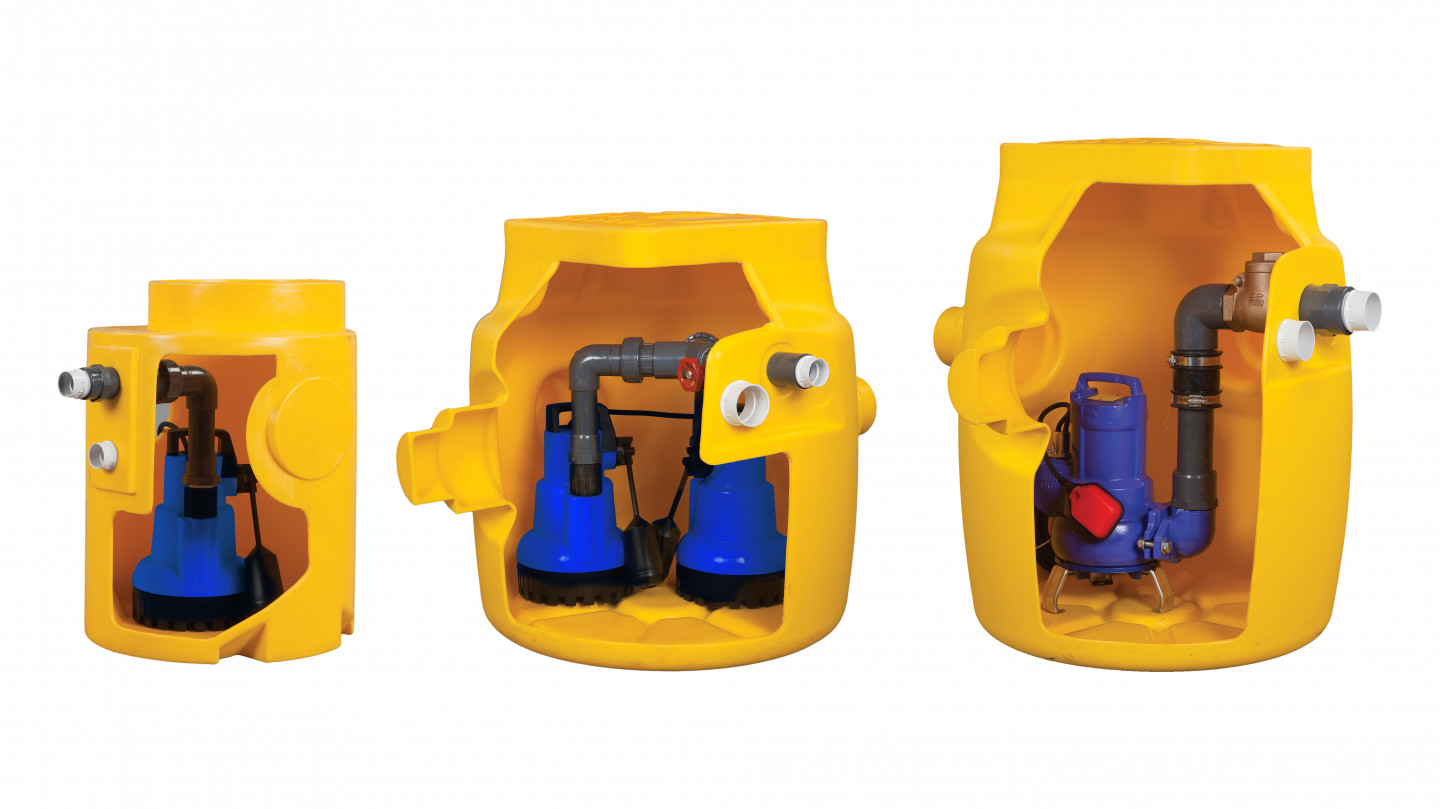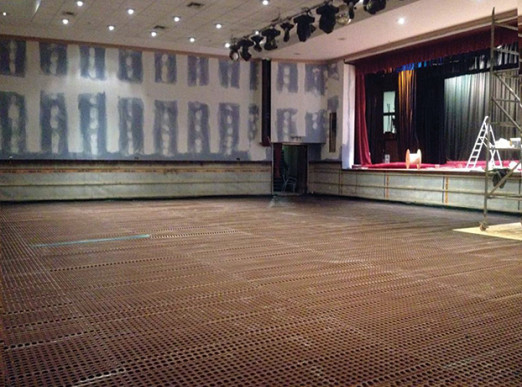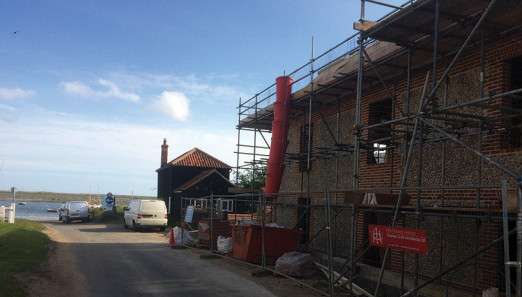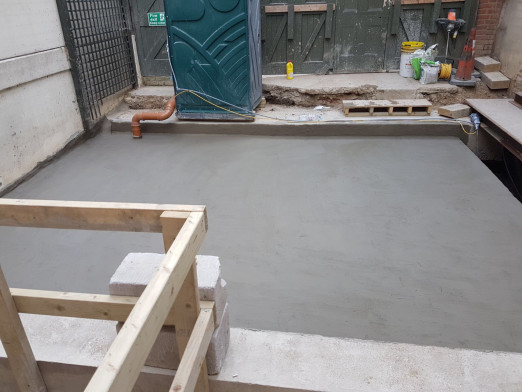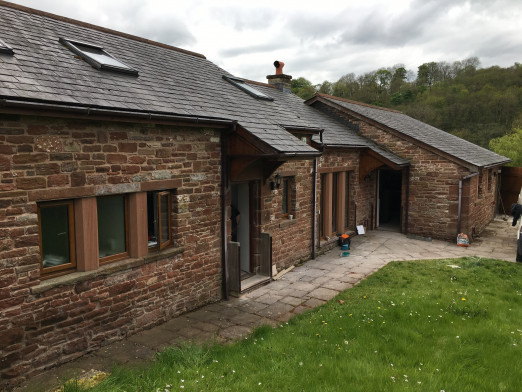BIM or Building Information Modelling is a process of creating and managing information using 3D techniques. BIM was specifically designed for the construction industry.
BIM modelling can be used across a project’s lifecycle. BIM software represents both the physical and intrinsic properties of a building as an object-oriented model tied to a database (the BIM Store).
BIM users can view and interact with the models in three-dimensional views as well as two-dimensional views, sections and elevation views. BIM allows for project teams to work together to create and share a range of project documentation with the benefit of inter-connectivity which in turn creates better project decisions during the correct stages of the project.
“(BIM is) joining the dots between ways of working that currently result in huge amounts of duplication – it’s the construction equivalent of putting bus timetables on google rather than printing out flyers everyone just loses.” – Mark Crowe, BIM Academy BIM was first introduced in the 1980’s and the Government used its influence to promote a collaborative working on all public-sector projects, thus promoting BIM to the wider construction industry.
Some believe that the BIM approach is only worthwhile on bigger projects, but there is benefit and value to adopting BIM for all projects. BIM allows for a collaborative way of working to deliver masses of information over a Common Data Environment (CDE) – a digitised area for the assortment of information.
Adopting BIM is a long-term investment for all involved in the delivery of a project. Model and data exchange make it easier for project teams to communicate. Engaged clients have access to an early view of their building ‘as built’ and can foresee issues and tailor its operation before work even begins on site. BIM saves money and delivers a resolution to immediate concerns.
Avoiding misconception: BIM is not CAD.
Unlike CAD systems, BIM offers an infused software which allows uses in-system calculations and offers the ability to connect with specifications developed with tools such as NBS Create. BIM can also offer solutions to maintenance of buildings prior to completion of the project.
The Waterproofing aspect of a project is required to meet the same environmental standards, regulations and Government mandates as all other aspects in the built process.
Delta Membrane Systems Limited has significant experience in delivering waterproofing solutions to both large and small residential and commercial developments. One of the greatest advantages of BIM is during the construction phase. This is when those delivering the project need to extract relevant and necessary information. It can also help in the forming and performing of maintenance programmes.
BIM is a long-term investment, which is why Delta Membrane Systems Limited seek to update and incorporate their products into BIM modelling. Delta products can be found on The National BIM Library, which has been developed by NBS. This free of charge online resource is well worth a visit. To find out more about our BIM models visit https://www.deltamembranes.com/services/technical/bim/.
